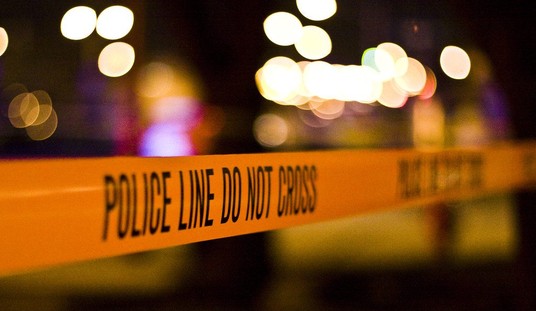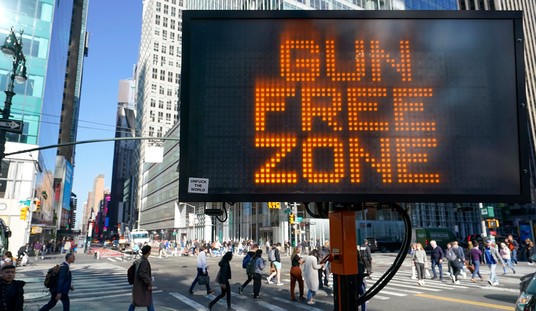For anti-gunners, the fact that gun violence has increased is a no-brainer. After all, in their mind, the fact that gun sales have gone up is the only possible reason for an increase in violence.
And violence has increased significantly. In fact, it’s apparently some kind of record.
Janet Foster lost two children this year. One night in late July, she woke to the sound of gunfire outside her home on the East Side of Cleveland. She rushed out the door to find her 22- and 26-year-old sons lying in her neighbor’s driveway. They’d both been shot. She shouted for help, but none came. Her sons died before doctors could intervene.
In the months that followed, Foster struggled to cope with her loss. “Some days I can’t do nothing but be locked up in my room because the pain is so severe,” she said. “I’ve been here eight years, and I’ve never seen violence so bad.”
Foster’s sons, Delvonte and Domenique King, were among a record number of people killed in Cleveland this year, making the city one of dozens that battled sharp increases in gun deaths. From Oakland to Chicago to New York City, homicides and shootings crept toward — and sometimes exceeded — all-time highs. The sudden upswing reversed decades of progress, and provides a prism for the intersecting crises that characterized 2020. While researchers are still picking over the causes, the consequences of the violence are plain: Thousands of communities, families, and parents like Foster forced to manage terrible voids — and saddled with the knowledge that at any moment, more gunfire could tear open new ones.
…
In some communities, violence was already soaring when the pandemic prompted statewide lockdowns. Philadelphia, Houston, and Memphis tallied 10 percent more homicides between January and March than in the same period in 2019. The problem was even worse in Milwaukee, where killings doubled.
Now, the authors here link it to things like income inequality, housing insecurity, and unemployment, all of which are exacerbated by the pandemic. In truth, those may well be contributing factors to this surge. And the numbers are worse when you consider that we were locked down for a significant portion of the year, thus making violent crime almost non-existent for a time.
However, it’s not the totality by any stretch of the imagination.
2020 was also the year when legions of convicted criminals were released from prison. While many may have been incarcerated for non-violent offenses, that shouldn’t be taken to mean they’re non-violent criminals. It only means they weren’t arrested for a violent offense.
Further, this was also the year the court systems were horrendously bogged down because of the shutdown, meaning criminals out on bond were free for far longer than they should have been, opening up the opportunity for additional mayhem.
And let’s not overlook mask mandates and how they might have played a factor.
You see, once upon a time, wearing a mask in many places was considered suspicious, if not illegal. Now, you’re more likely to be hassled by police if you’re not wearing one.
What that means, though, is that a violent criminal may well feel emboldened to act violently. After all, he can gun someone down, then walk away and never expose his face. How are you supposed to do a lineup if everyone’s wearing a mask?
So while socioeconomic factors may contribute to the violence, there are a ton of other possible reasons why violence has increased as well. Let’s not pretend they’re only the left’s pet issues, after all. Violence is far more complicated than that.








Join the conversation as a VIP Member